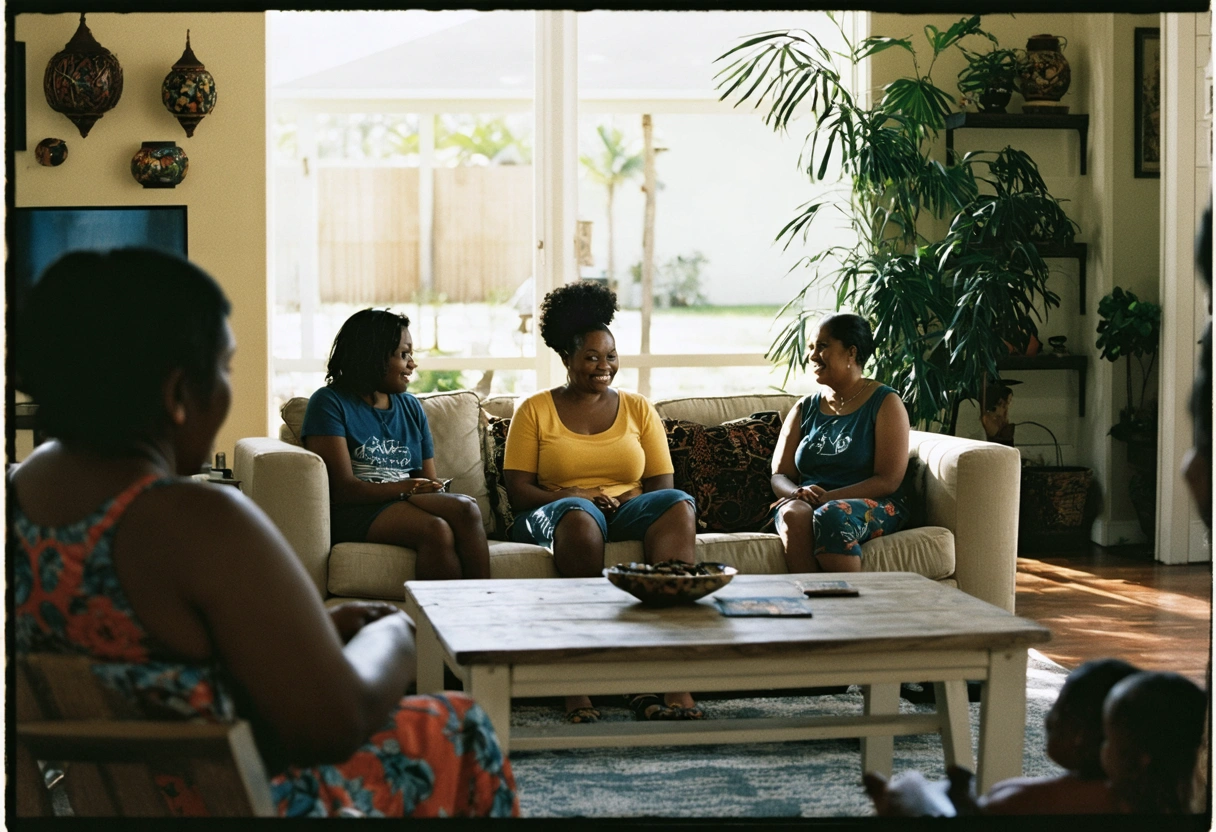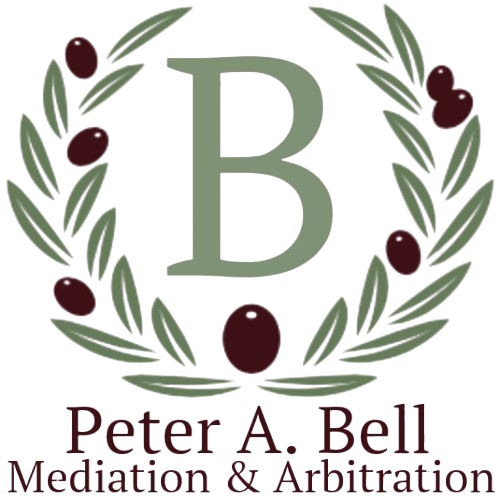How the Right Mediation Approach Saved a Florida Family: A Case Study
Family disputes can be among the most emotionally charged and complex conflicts people experience. When communication breaks down, the stakes are high and relationships are at risk, especially in close-knit families. In Florida, where family law is both nuanced and evolving, mediation has become a powerful tool to resolve disputes without the stress and expense of litigation. This case study delves into how a tailored mediation strategy transformed a contentious situation, salvaged relationships, and set a precedent for positive outcomes.
This in-depth case study explores the journey of the Martinez family (name changed for privacy), who were on the brink of permanent estrangement due to a heated inheritance dispute. By examining the mediation process, the strategies used, and the long-term impact, we’ll reveal actionable insights for anyone navigating family conflicts in Florida or elsewhere.
The Florida Family Conflict: Background and Stakes
The Martinez family lived in the Tampa Bay area and consisted of three adult siblings—Ana, Luis, and Sofia—and their elderly mother, Maria. After the passing of their father, the family faced the challenge of dividing his estate, which included the family home, a small business, and several investment accounts.
Initially, the siblings attempted to negotiate the distribution themselves. However, longstanding sibling rivalries, miscommunications, and differing perceptions of fairness led to frequent arguments. The mother, Maria, grew increasingly distressed as she watched her children’s relationships deteriorate. The dispute escalated to the point where legal action seemed inevitable, threatening not only the family’s financial stability but their emotional ties as well.
Why Mediation Was Chosen Over Litigation
Before any lawsuits were filed, the family’s attorney suggested mediation. Unlike litigation, mediation is a confidential, voluntary process that encourages cooperative problem-solving under the guidance of a neutral third party. Florida’s courts often recommend mediation for family disputes due to its cost-effectiveness and potential to preserve relationships.

After initial hesitation, the Martinez siblings agreed to try mediation. Their reasons included:
- Emotional cost: They recognized that litigation would likely deepen rifts and cause further pain to their mother.
- Financial implications: Legal fees can quickly erode inheritances, while mediation is typically far less expensive.
- Privacy and control: Mediation offers a private environment and allows parties to craft their own solutions, rather than having a judge impose a decision.
Understanding Mediation Approaches: Evaluative vs. Facilitative vs. Transformative
Not all mediation is the same. The mediator selected by the Martinez family had training in multiple approaches, including evaluative, facilitative, and transformative mediation. Understanding these models is essential for choosing the right fit for a given family situation.
Evaluative mediation focuses on assessing the strengths and weaknesses of each party’s position, often guiding them toward a settlement based on legal standards. Facilitative mediation emphasizes communication and helps parties explore underlying interests and generate creative solutions. Transformative mediation seeks to change how parties interact, fostering empowerment and mutual recognition. For a deeper exploration of these mediation styles, visit this comprehensive guide to mediation models.
Given the Martinez family’s emotional history and the desire to restore relationships, the mediator recommended a facilitative approach, blended with transformative elements. This strategy prioritized open dialogue, empathy, and voluntary agreement over rigid legal arguments.
The Mediation Process: Step by Step

The mediation was scheduled over two full days at a neutral location. The mediator began by establishing ground rules, including respect, confidentiality, and a commitment to honest communication. Each sibling had the opportunity to speak individually with the mediator before the joint session to express concerns and hopes.
During the group sessions, the mediator used several key techniques:
- Active listening: The mediator validated each person’s feelings and repeated key points, ensuring everyone felt heard.
- Reframing: By rewording negative statements, the mediator helped prevent escalation and kept discussions productive.
- Interest-based negotiation: The family was encouraged to share not just what they wanted, but why those outcomes mattered to them.
- Brainstorming options: Instead of focusing on what seemed “fair” in a legal sense, the siblings explored creative ways to meet everyone’s needs.
For those interested in the specifics of the mediation process, the American Bar Association’s resource on mediation provides a detailed breakdown.
Breakthrough Moments: From Impasse to Understanding
On the first day, discussions were tense. Luis felt he had contributed more to the family business and deserved a greater share. Ana and Sofia perceived this as greed, leading to angry exchanges. The mediator intervened, encouraging each sibling to articulate their deeper motivations. Luis revealed that his sense of responsibility for the business stemmed from a desire to honor their father’s legacy, not financial gain.
This moment shifted the dynamic. The sisters, moved by his vulnerability, acknowledged his efforts for the first time. The mediator then guided the siblings to explore how the business could be managed collaboratively, rather than viewing it as a prize to be divided.

With emotions diffused, the family began exploring solutions together. Possible arrangements included shared ownership, hiring a professional manager, or selling the business and dividing proceeds. They also discussed the family home, with Maria expressing her wish to remain there as long as possible. The siblings agreed to structure the inheritance to support her needs, demonstrating empathy and cooperation.
The Mediation Outcome: Agreements and Lasting Impact
By the end of the mediation, the family reached a comprehensive agreement:
- The business would remain in family hands, with Luis managing day-to-day operations but with regular input from his sisters.
- The family home would stay with Maria, and upon her passing, be sold and proceeds divided equally.
- Investment accounts would be divided according to a formula that considered both legal entitlements and personal contributions.
- A family meeting would be held annually to discuss any issues and maintain open communication.
Most importantly, the mediation process helped heal old wounds. The siblings reported a renewed sense of trust and connection. Maria, relieved and grateful, remarked that the process “saved our family.”
Research shows that mediation can improve long-term family relationships compared to adversarial court battles. The Martinez family’s experience is a testament to the power of the right mediation approach.
Lessons Learned: What Made This Mediation Successful?
The success of the Martinez family’s mediation can be attributed to several factors, each offering valuable lessons for others facing similar challenges:

- Choosing the right approach: A facilitative, relationship-focused mediation style was essential for addressing not just the legal, but also the emotional dimensions of the conflict.
- Skilled mediator: The mediator’s ability to manage emotions, encourage empathy, and foster creative problem-solving was crucial.
- Family’s willingness: Despite initial resistance, the siblings’ openness to mediation and commitment to preserving family bonds made resolution possible.
- Structured process: Setting clear expectations and ground rules allowed for a safe and productive dialogue.
For those considering mediation, it is important to understand the qualities of a good mediator and the different approaches available. The qualities of an effective mediator are well-documented and can guide families in making informed choices.
The Role of Florida Law and Cultural Context
Florida’s legal framework supports mediation in family disputes, recognizing it as a preferred alternative to litigation in many cases. The state’s courts often require mediation before allowing family law cases to proceed to trial. This is rooted in the understanding that families are best served by solutions they create themselves, rather than decisions imposed by a judge.
Additionally, Florida’s diverse population means that cultural sensitivity is vital in mediation. The Martinez family, like many in Florida, valued family unity and respect for elders. The mediator’s willingness to acknowledge and incorporate these cultural values contributed significantly to the outcome. Professionals interested in learning more about the intersection of culture and mediation can find guidance from the Nolo resource on cultural considerations in family mediation.
Takeaways for Families and Mediators

The Martinez family’s journey offers concrete guidance for those facing family disputes:
- Don’t delay seeking help: Early intervention through mediation can prevent conflicts from escalating beyond repair.
- Prioritize relationships: While legal rights are important, emotional needs and family dynamics often determine long-term outcomes.
- Choose the right mediator: Look for professionals with experience in both the legal and emotional aspects of family conflict.
- Be open to creative solutions: The most satisfying agreements often come from thinking beyond traditional divisions of assets.
Families who invest in the mediation process often find it not only resolves the immediate dispute, but also provides tools for healthier communication in the future.
Mediation as a Lifeline for Florida Families
The Martinez case powerfully illustrates how the right mediation approach can transform a family’s future. Through skilled facilitation, empathy, and a willingness to engage in honest dialogue, the family was able to resolve complex legal and emotional issues while preserving their relationships for generations to come.
For families in Florida and beyond, mediation offers a path forward that honors both legal realities and the deep bonds of family. While every situation is unique, the principles and strategies outlined in this case study can serve as a blueprint for others seeking to overcome conflict and restore harmony. If you are navigating a family dispute, consider mediation as your first step towards healing and resolution.
For further reading on the benefits of mediation and its role in family law, visit this informational PDF on family mediation benefits.
Need help with How the Right Mediation Approach Saved a Florida Family: A Case Study?

